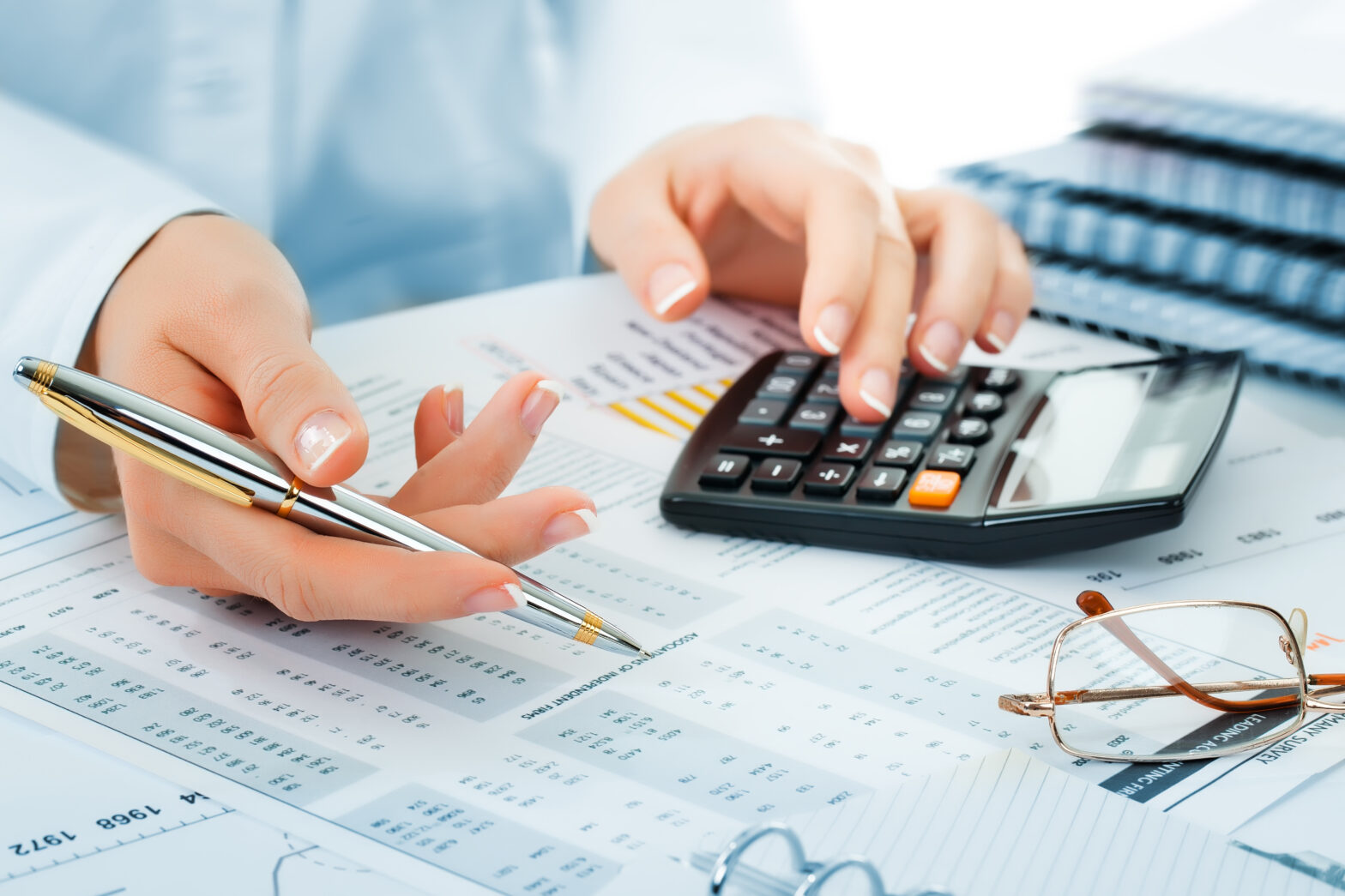A lot of small company owners get frustrated with the lack of growth of their business. Many want to grow their sales and increase their profits, but don’t always know where to begin.
A starting point to increasing your sales and profits is to step back and review the efficacy of your revenue streams. Also, it’s important to review what factors in your business affect your profits; which profit driver has the biggest impact and will produce the best growth results?
Once you know the factors that affect the makeup of your sales and profits, you’ll be able to target each one, to start growing your business in a much more focused way.
There are many factors that affect both sales and profits in a small business, but in this article we’ll look at just one: the average transaction value.
What is your average transaction value?
Russell Bowyer of business software solutions company Bowraven advises that the average transaction value for your small business is calculated by dividing the total of all sales transactions over a given period, by the number of transactions in the same period.
‘To calculate a more accurate average transaction value, try using a longer period, preferably 12 months,’ he says.
The best source to use for your total of all sales transactions is to look at your financial year end accounts. For this your total sales will be the turnover figure, which is the first number you see on the profit and loss account. Calculating your number of transactions over the same period may involve a bit more work, depending on the accounting system you use.
If you find that using your financial year is too daunting a task, as this period normally covers a 12 month period, you can narrow your focus to a shorter period, Bowyer advises. ‘If you do, always make sure that the two numbers (ie total sales and total number of transactions) are derived from the same period.’
How does changing my average transaction value affect my sales and profits?
To help understand how your average transaction value impacts your sale and profits, this is better explained by way of example.
First, let’s take a look at the average transaction formula.
- A small business (XYZ Limited) has annual sales of £250,000.
- The number of transactions in this same period were 2,756.
- On this level of sales, XYZ Limited makes £27,500 profit; where their gross profit margin is 60 per cent, and overheads are £122,500.
Based upon these numbers, the average transaction value is calculated as:
Average transaction for XYZ Limited: £250,000/3,756 = £66.56
What’s the next step once you have your average transaction value?
Now that you have your average transaction value, you can then ask the first empowering question, which is: ‘What do I think I could increase my average transaction to?’
Your mind loves questions and will always look for an answer.
Let’s assume with our example business XYZ Limited, the business owner asked this question. Let’s also assume his answer was he thought he could reasonably increase it to £75.00.
The resulting sales for XYZ limited would become: 3,756 x £75.00 = £281,700.
From an increase in the average transaction value of £8.44, total sales have increased by £31,700.
However, where the real magic happens with focusing on the average transaction value is in terms of the profit growth.
“Once I started asking empowering questions, my average transaction value increased”
One of the benefits of targeted the average transaction value, is that affecting its increase rarely if at all affects the overheads of the business. On that assumption, and based upon the revised average transaction of £75.00, the revised profits would be, as follows:
XYZ Limited profits: £281,700 X 60 per cent = £169,020 – £122,500 = £46,520
So from the same £8.44 increase in the average transaction value, profits have increased by £19,020. This represents a 69.1 per cent increase from a 12.7 per cent increase in the average transaction value.
How do I increase the average transaction value of my small business?
Once you’ve gathered the same data shown in the above example of XYZ Limited for your small business, and you are happy with your new target average transaction value, you can then set about to work out how to increase it.
There are many ways to increase your average transaction value. The best way to find answers to this is to begin asking questions.
Bowyer says that a business owner he helped through this process had a sudden epiphany.
‘Whereas when we started the process, his business was already making healthy profits of around £500,000 per annum, he was convinced there were no more profits to be made.
‘However, after targeting his average transaction value, and by beginning to ask ‘How could I,’ ‘What could I’ and ‘What if I’ questions this is when the answer came to him.’
The actual amount of increase in his average transaction value was quite small in comparison to his annual sales, which were around £5 million. ‘He had a low average transaction value of around £30, and the increase we looked at was somewhere in the region of £30-31,’ Bowyer says.
‘However, after his epiphany, he implemented the changes from the idea he had, and within two weeks of that, he’d increased his sales. But more important than the sales increase, was that he’d added over £50,000 to his bottom line.’
How do I decide on the increase amount of my average transaction value?
The amount of the actual increase for your average transaction value is not actually the important factor here, Bowyer notes. ‘What is important is calculating what it is, and asking the question to begin with.’
He adds that the business owner didn’t believe he could increase it, even by the small amounts they were targeting.
‘By starting this process, and by asking this question, followed by the ‘how can I,’ etc. questions you will find answers,’ Bowyer says.
‘Whatever increased amount you choose to target, you’re unlikely to get it right. But that doesn’t matter, because any increase is good. Also what normally happens once the process is started, many times the initial target set by small business owners, is often surpassed.’
In one of his own businesses, Bowyer says the business had an average transaction of around £1,600, which he targeted to increase to just over £1,800.
‘However, once I started asking empowering questions, and began implementing the changes from the answers to these questions, not only did my average transaction value increase, but it continued to increase to over £2,000, taking sales from around £1.6 million to over £2.5 million and increasing the profits in a similar way.’
It just goes to show that while you can take a variety of measures to increase revenue and profit, having a particular focus on the often-ignored average transaction value can be the catalyst to growth for your business.





